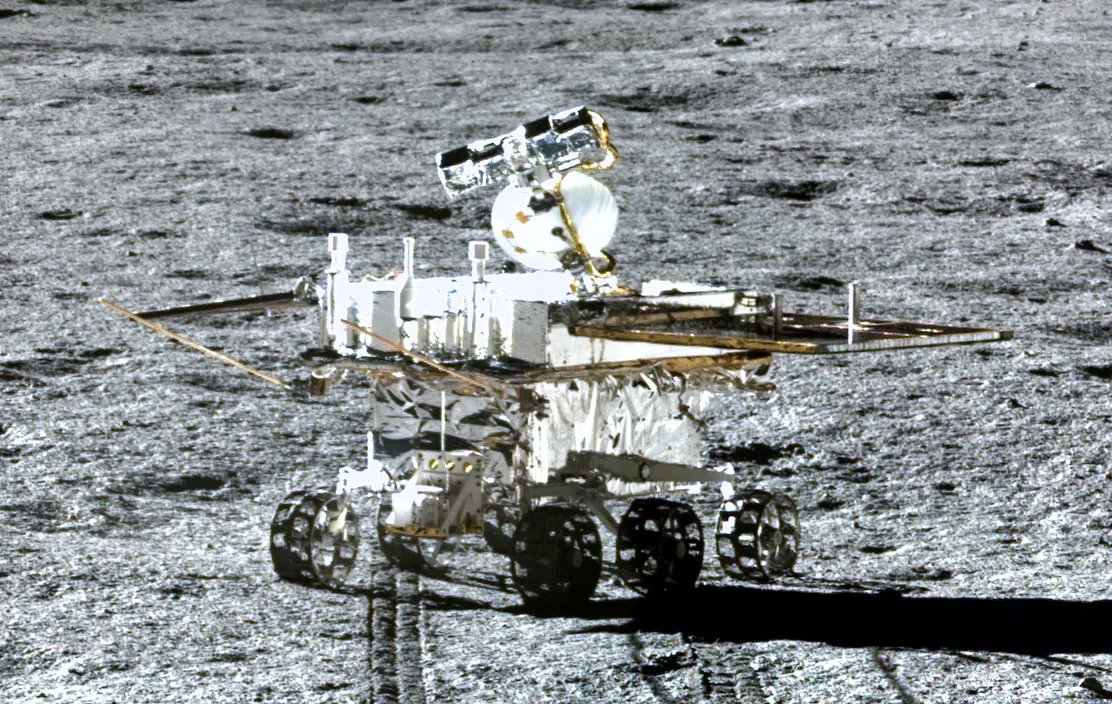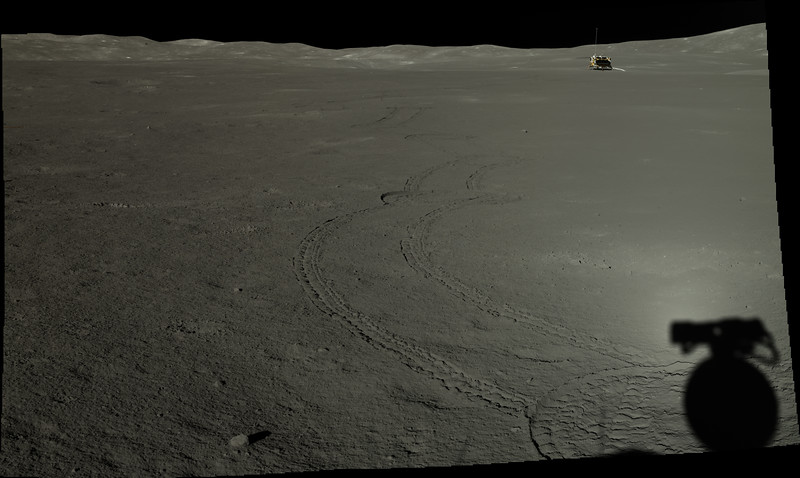China has a fabulously rich history when it comes to space travel and was among the first to experiment in rocket technology. The invention of the rocket is often attributed to the Sung Dynasty (AD 960-1279.) Since then, China has been keen to develop and build its own space industry. The Chinese National Space Administration has already successfully landed probes on the Moon but is preparing for their first human landers. Chinese astronauts are sometimes known as taikonauts and CNSA has just confirmed their fourth batch of taikonauts are set for a lunar landing.
Continue reading “China Trains Next Batch of Taikonauts”China Set Up a Tiny Farm on the Moon in 2019. How Did it Do?
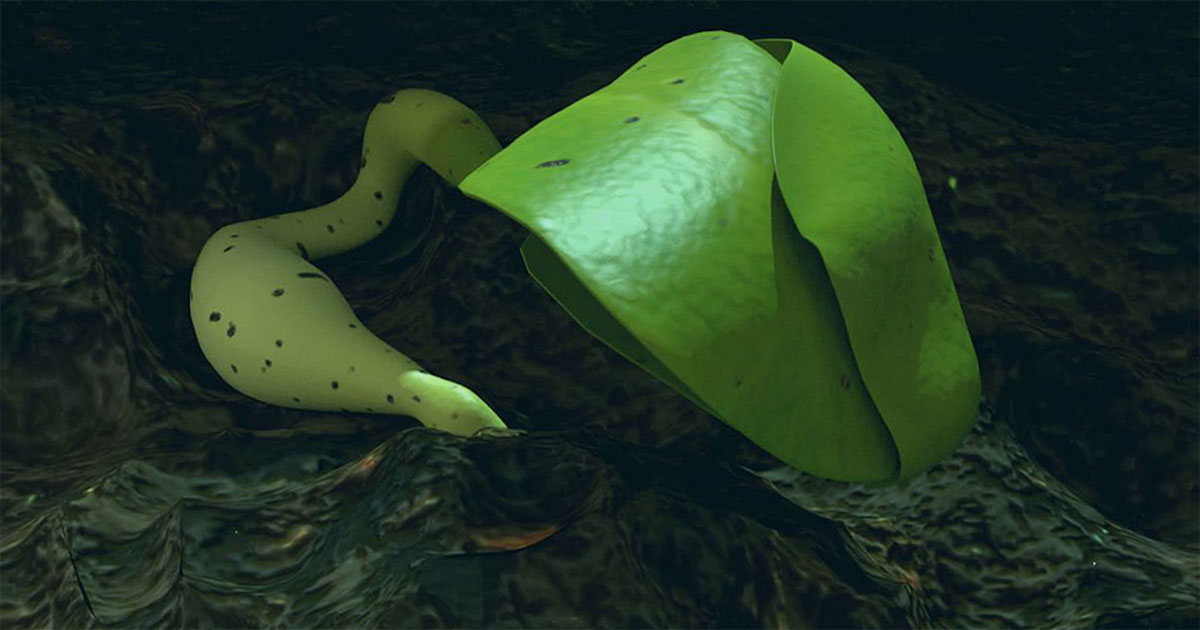
On January 3rd, 2019, China’s Chang’e-4 lander touched down on the far side of the Moon and deployed the Yutu rover. In addition to its many instruments, the rover carried an important science experiment known as the Biological Experiment Payload (BEP). Over the next eight days, this payload conducted a vital experiment where it attempted to grow the first plants on the Moon. Included in the payload were cotton, potato, arabidopsis, and rape seeds, along with fly eggs, yeast, and 18 ml (0.6 fluid oz) of water, which was kept at a constant atmospheric pressure.
The results of this experiment will help inform future Bioregenerative Life Support System (BLSS), which will prove vital to habitats and missions beyond Low Earth Orbit (LEO). A team of scientists from China recently released a study that reviewed the experiment, its results, and its potential implications for future missions to the Moon, Mars, and other deep-space locations. As they concluded, the experiment demonstrated that plants can grow on the Moon despite the intense radiation, low gravity, and prolonged intense light.
Continue reading “China Set Up a Tiny Farm on the Moon in 2019. How Did it Do?”Chinese Rover Finds Translucent Glass Globules on the Moon

Scientists say China’s Yutu-2 rover, part of the Chang’E-4 mission, has found several small glass globules on the Moon’s far side. While tiny glass beads have been found previously in lunar samples brought back by the Apollo astronauts, the ones found by Yutu-2 are much bigger and translucent.
The discovery was made by Dr. Zhiyong Xiao, one of the lead scientific team members of the Chang’E-4 mission. They beads were found by looking at panoramic images taken by the rover. Since the rover doesn’t have sampling capabilities and is not a sample return mission like it’s older sibling, the Chang-E-5 mission, there is no compositional data on the glass beads, only observational evidence.
Continue reading “Chinese Rover Finds Translucent Glass Globules on the Moon”China’s Rover Finds That Regolith on the Moon’s far-Side is Stickier Than the Near-Side
We’re never able to see the far side of the moon from the Earth, but that doesn’t mean it’s that different. Recently rovers and satellites have started exploring the lesser-known side of the moon. They found a slightly different geology than that discovered on the near side, which might have implications for navigating the far side in the future.
Continue reading “China’s Rover Finds That Regolith on the Moon’s far-Side is Stickier Than the Near-Side”China Wants to Build a Spaceship That’s Kilometers Long

It’s no secret that China has become a major contender when it comes to spaceflight. In the past twenty years, the China National Space Agency (CNSA) has accomplished some historic firsts. This includes sending astronauts to space, deploying three space stations (as part of the Tiangong program), developing heavy launch vehicles (like the Long March 5), and sending robotic explorers to the far side of the Moon and Mars.
Looking ahead to the next decade and beyond, China is planning on taking even bolder steps to develop its space program. Among the many proposals the country’s leaders are considering for its latest 5-year plan, one involved creating an “ultra-large spacecraft spanning kilometers.” Having this spacecraft in Low Earth Orbit (LEO) would be a game-changer for China, allowing for long-duration missions and the utilization of space resources.
Continue reading “China Wants to Build a Spaceship That’s Kilometers Long”That Strange Gel-Like Material Discovered by China’s Lunar Rover? It’s Just Rock
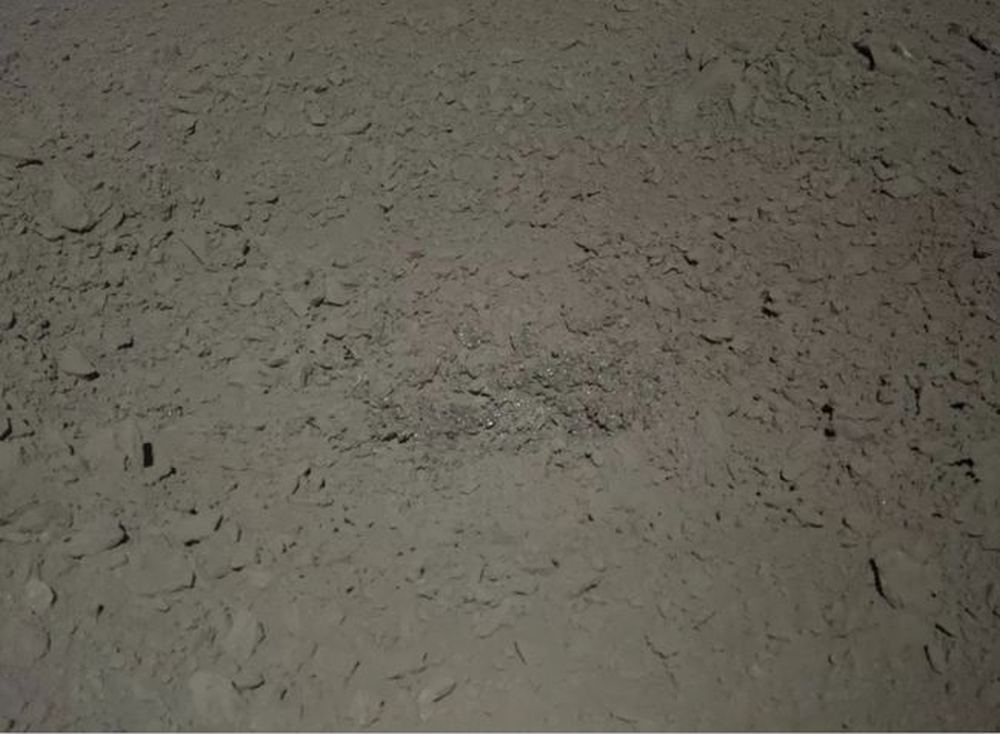
In January 2019, China landed its Chang’e 4 mission on the Moon’s far side. The Yutu-2 rover got busy exploring its surroundings. It’s still going, even though the rover’s nominal operating mission was only three months.
Among the mission’s findings was a strange material described as “gel-like.” Now an analysis of the material has revealed that it’s just rock: impact melt breccia.
Continue reading “That Strange Gel-Like Material Discovered by China’s Lunar Rover? It’s Just Rock”Last Year’s Total Solar Eclipse on Earth, Seen From the Moon

On July 2, 2019, the Moon cast its shadow on the surface of the Earth. This time, the shadow’s path travelled across the South Pacific Ocean. It also passed over some of Argentina and Chile. For surface dwellers in the path, the Moon briefly blocked the Sun, turning night into day.
But for one “eye” in orbit around the Moon, the view was different. A camera on a tiny satellite watched as the circular shadow of the Moon moved over the Earth’s surface.
Continue reading “Last Year’s Total Solar Eclipse on Earth, Seen From the Moon”China Releases New Pictures From the Surface of the Moon
Ever since it made its historic landing on Jan. 3rd, 2019, the Chang’e-4 mission and its Yutu 2 rover have been busy exploring the lunar surface. Just recently, the mission passed its first year of operations and earned the distinction of being the first rover to travel a record 357.695 meters (1,173.5 ft) on the far side of the Moon. And in between all that, the mission has also provided some truly fascinating images of the lunar surface.
Thanks to a data release issued on Monday (Jan. 20th), the public can now peruse through all of the high-resolution images taken by the Chang’e-4 mission. The data, which was released by the Ground Research and Application System (GRAS) of the Chinese Lunar Exploration Project, includes images of the far side of the Moon that were taken with the lander’s terrain camera and the panoramic camera on the Yutu-2 rover.
Continue reading “China Releases New Pictures From the Surface of the Moon”Chang’e-4 Wraps Up a Year Roving on the Far Side of the Moon
China greeted the New Year with some impressive lunar milestones. For starters, last Friday (Jan. 3rd) was the first anniversary of the Chang’e-4 mission becoming the first robotic mission to make a landing on the far side of the Moon. A day prior, the Yutu-2 rover also celebrated the end of its 13th lunar day of science operations and the fact that it was the first rover to travel a record 357.695 meters (1,173.5 ft) on the far side of the Moon.
Continue reading “Chang’e-4 Wraps Up a Year Roving on the Far Side of the Moon”China’s Yutu-2 Rover has now Traveled Over 345 Meters Across the Surface of the Moon
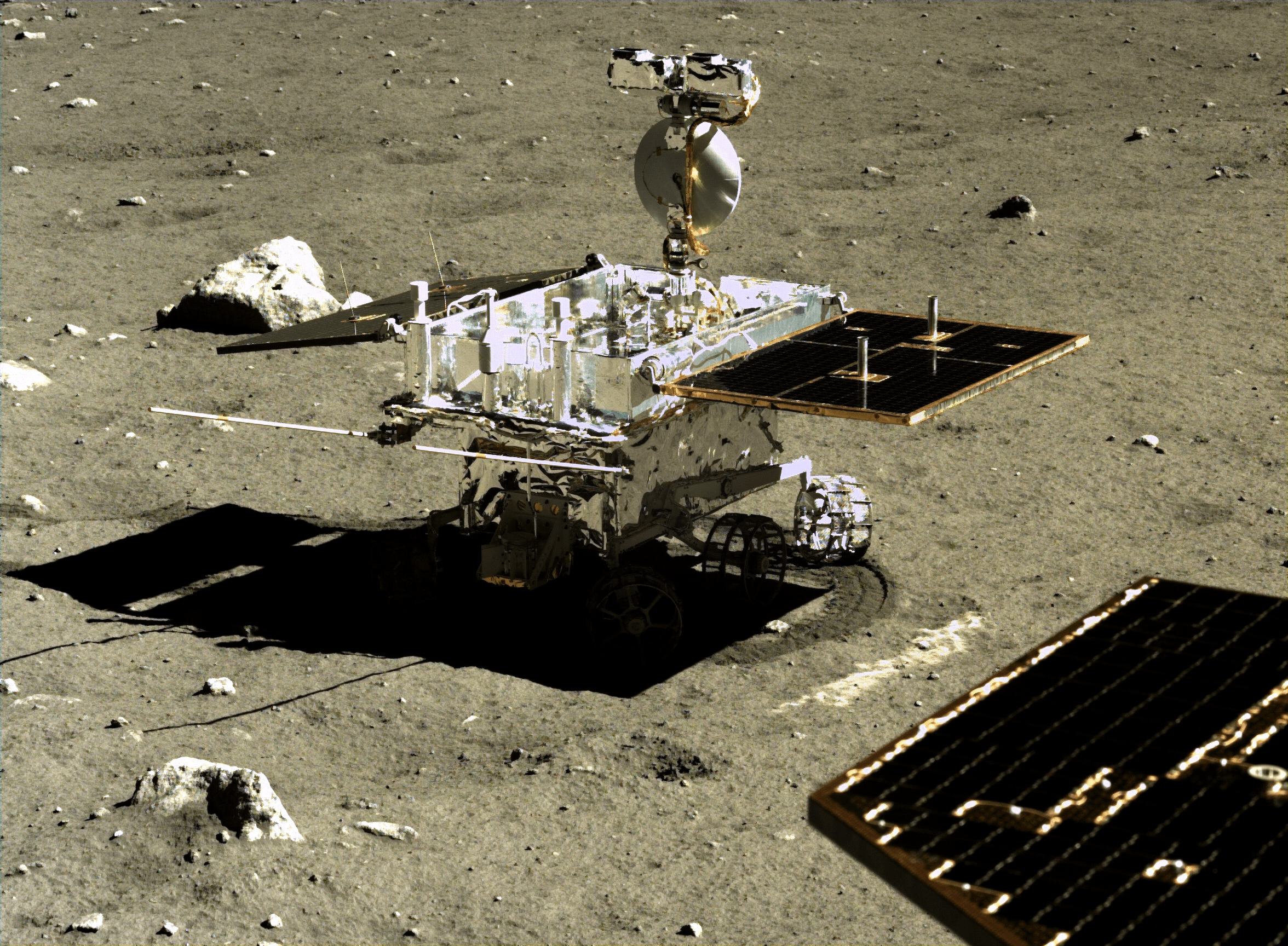
On January 3rd, 2019, China’s Chang’e-4 lander became the first mission in history to make a soft-landing on the far side of the Moon. After setting down in the Von Karman Crater in the South Pole-Aitken Basin, the rover element of the mission (Yutu 2) deployed and began exploring the lunar surface. In that time, the rover has traveled a total of 345.059 meters (377 yards) through previously unexplored territory.
Continue reading “China’s Yutu-2 Rover has now Traveled Over 345 Meters Across the Surface of the Moon”

